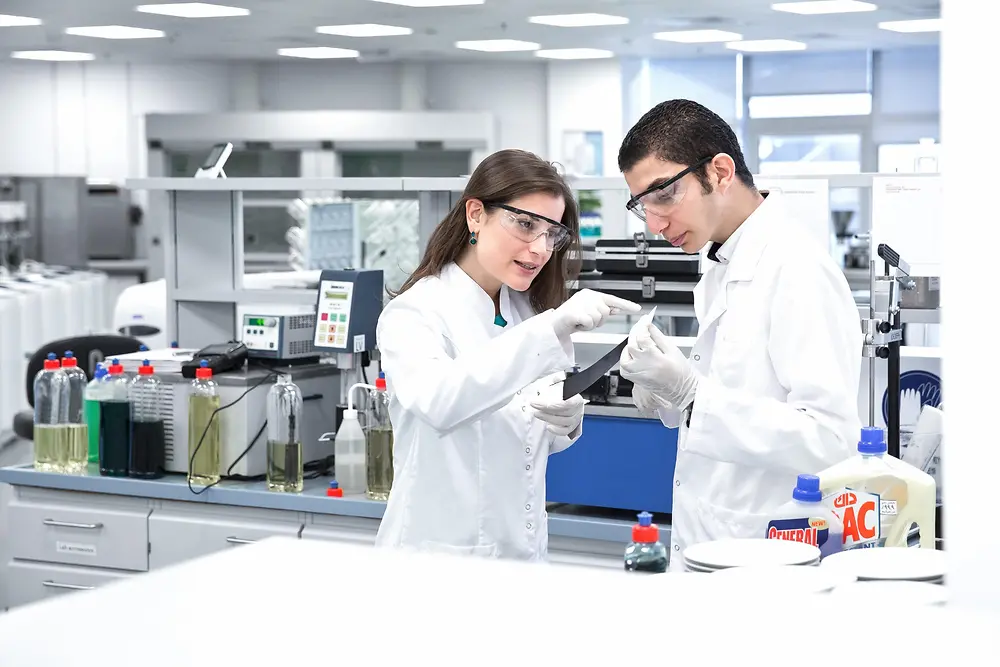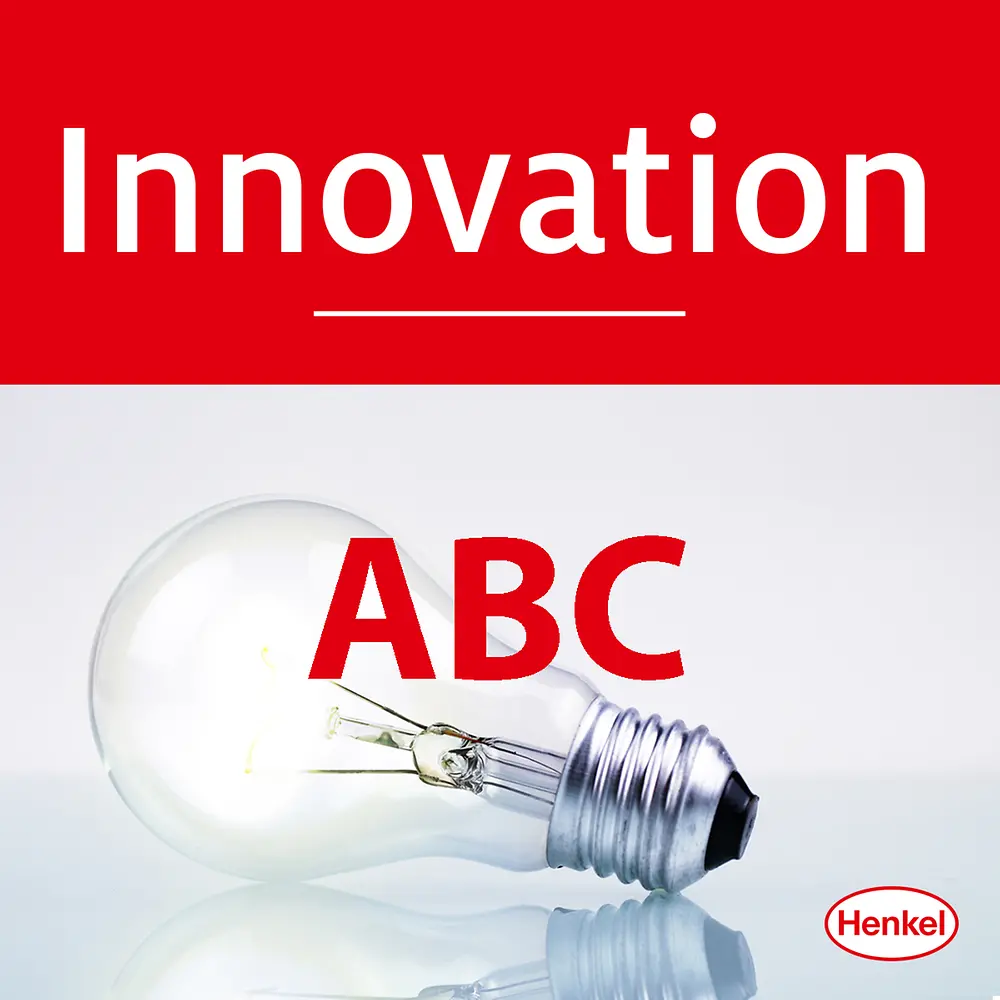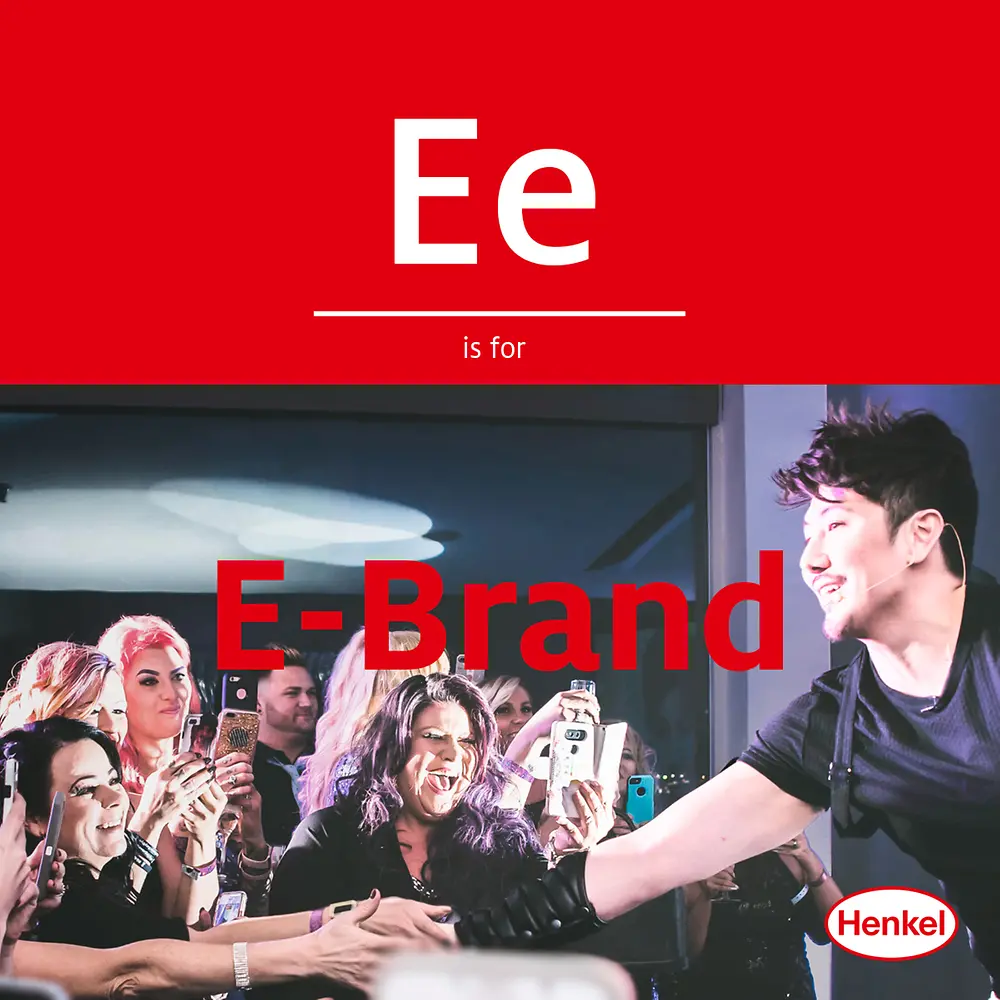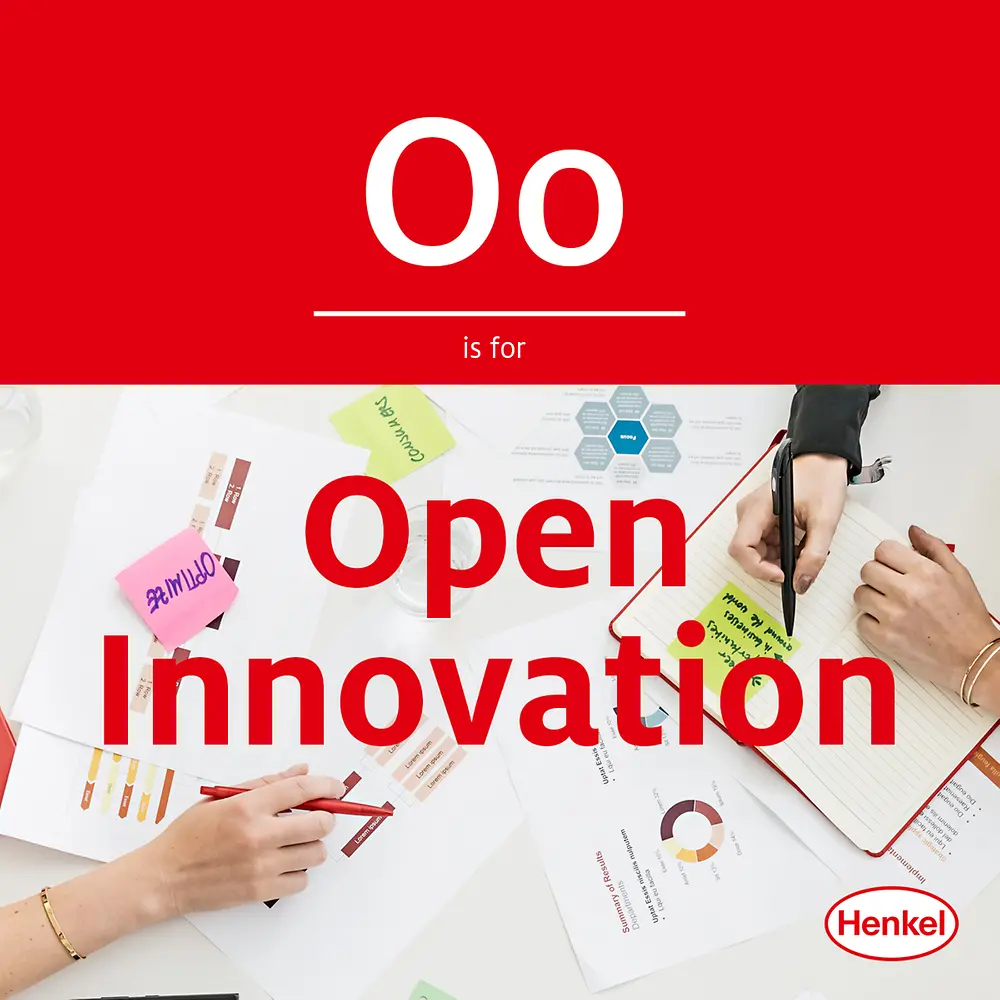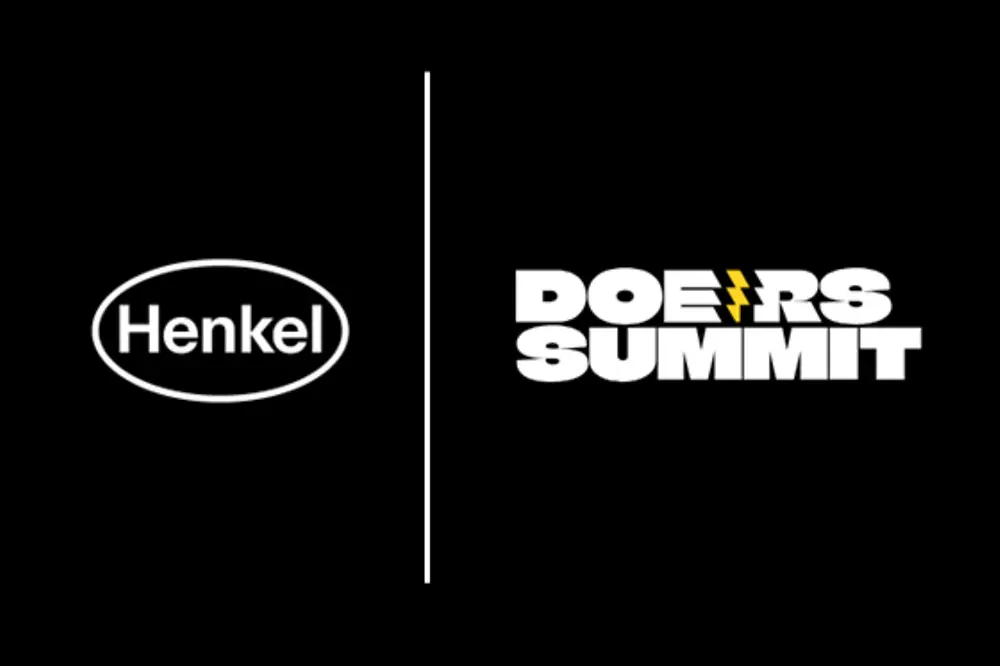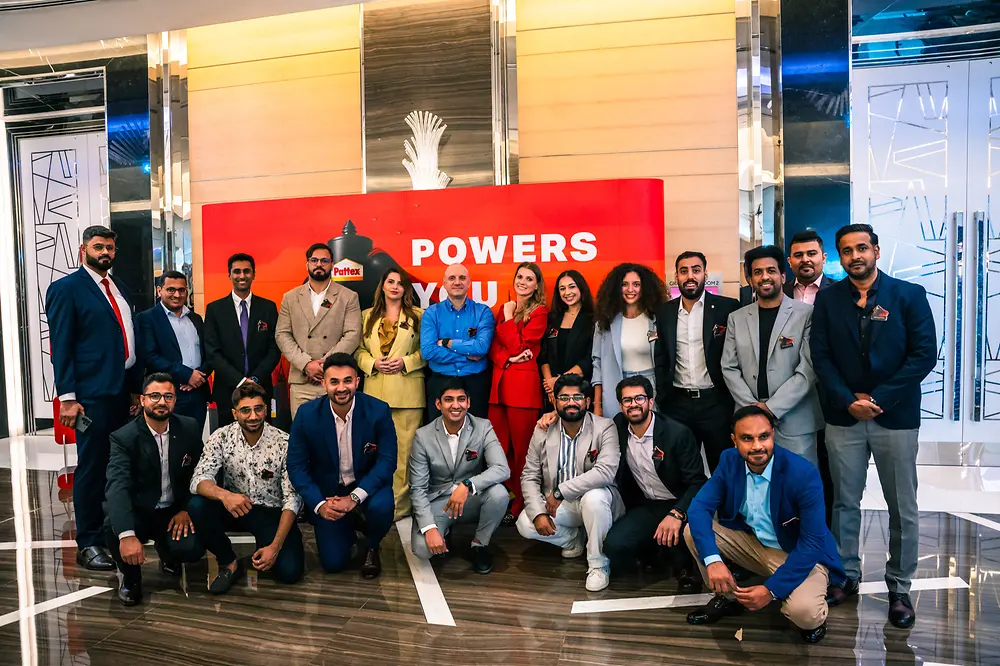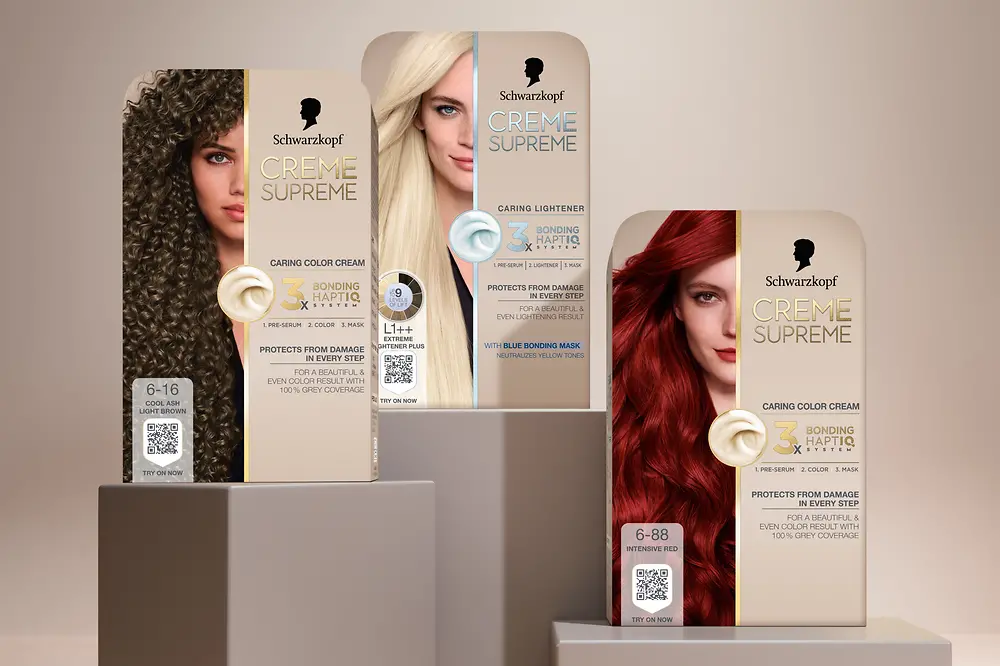Discover the brands and technologies from our business units Henkel Adhesive Technologies and Henkel Consumer Brands.
Pursuing innovation is like being strapped into a pitch-black rollercoaster. Once someone grabs onto an idea, they are in it through every twist and turn – without knowing when the next one is going to hit. Sometimes the ride comes to a jerking halt and ends with the innovator feeling a major headache. But sometimes the ride ends, and the innovator feels invigorated and ready to go around a second time. The process itself and the successful implementation of these original ideas, oftentimes depends on the innovator and their environment. Most people who are considered especially creative and successful had the opportunities, encouragement, training, motivation and practice to allow themselves to be strapped in.
Making history from the very beginning
When Henkel’s founder Fritz Henkel introduced Persil in 1907 as the world’s first self-acting detergent, it revolutionized laundry day. This new product meant clothes no longer had to be rubbed and beaten to be cleaned – boiling them once was enough, which redefined the rules for laundry care, and made a lasting impact. Henkel also set trends when promoting the product by writing the brand name into the sky, investing in mobile advertisements, inventing the “White Lady,” and even introducing the first ever German-language TV ad in 1956.
To this day, timing is what determines whether a good idea will reach and convince customers. No other field is quite as fast-paced and changeable as the market for cosmetics, cleaning agents and foodstuffs. The appearance and properties of daily-use products change frequently. Every modification can win over new consumers – or lose them. Manufacturers try to stay one step ahead and find the answers to various questions: Does the devised product solve a problem for customers, or even fulfill one of their wishes? How will the market develop? Which trends will prevail? To do this, researching new technologies, surveying customers about their needs and habits, tracking social trends and developing innovation and creativity as a skill can’t be voluntary – they are all required.
Innovation doesn’t happen in a vacuum
Due to rigid business structures, agility and innovation can sometimes be overlooked or pushed under the rug. What makes this mindset even harder to change is that many employees work in their own areas of expertise without any cross-coordination with experts in other fields.
Fortunately, the way people are working is changing, making it easier to team up with colleagues around the world. By collaborating with others internally, the chance for innovation increases exponentially, while also keeping in mind the company’s big-picture goals. One of the best examples is when Henkel employees across business units tackle challenges and explore opportunities together.
Externally, Henkel invests in forming symbiotic relationships with start-ups to help them grow. These small businesses can more freely test and experiment new ideas, which they can share through one of Henkel X’s many formats. As an open platform, Henkel X also offers diverse business partners the chance to come together and improve customer and business partner relationships, as well as the consumer experience. Dr. Simone Bagel-Trah, Chairwoman of Henkel’s Shareholder Committee and Supervisory Board and descendant of the company founder in the fifth generation says, “Cooperation of start-ups and large organizations offer benefits for both sides – new food for thought, and agile trading for the company and access to know-how and capital for young companies.”
Many assume that there is one correct way to be more innovative and solve common problems – namely, accumulating fresh and new ideas. However, it is also important for teams to come together and decide which processes can be pared down or even removed. By trimming away some of these redundant and even obstructive rules, it opens more room for individuals to be creative.
Freedom of innovation
One of the best overall ways for large companies to increase their innovative output, is to let individuals be creative. This should be an integral part of the corporation’s values and culture, where employees can then give and receive feedback for their ideas. One of the ways this is achieved at Henkel is its cooperation with outside organizations like H-Farm, which encourages employees of all levels to follow and understand growing trends and challenges them to think outside the box.
With the internal Mentorship Club at Henkel, colleagues can exchange their ideas without the fear of judgement or failure. In order to encourage more people to innovate, they need to know that their ideas aren’t being shouted into the void. With this encouragement and tapping into every source of inspiration, such as food, fashion, technology and even changing lifestyles, the sky’s the limit. Whether employees learn from each other, or the company learns from its innovators, Henkel’s aim is to celebrate those who think outside of the box and learn within the organization.
“We don’t want to rest, because a rolling stone gathers no moss. On the contrary: we want to do everything to further expand our company, both internally and externally.”
Company founder Fritz Henkel, 1916


